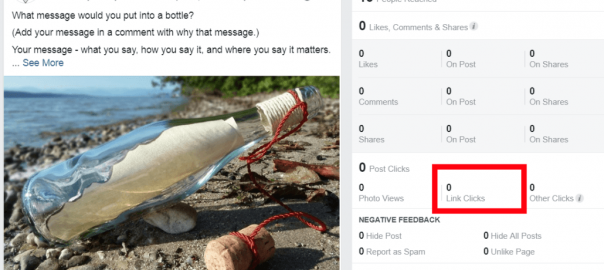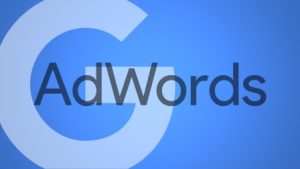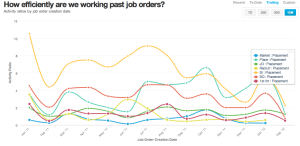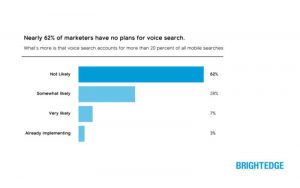— July 9, 2019
Focusing on it as a metric for determining how well posts are performing is a poor metric.
Trying to get more ‘reach’ or impressions is a poor approach.
The ‘butts in seats’ and the ‘more eyes’ approach is a poor substitute for good marketing. Good marketing is about getting the RIGHT eyes on your message.
Playing the volume game will provide a broader reach, but many of those additional ‘eyeballs’ aren’t going to be your ideal target audience. While it can be argued that there is still value in those particular impressions, those individuals will require more time throughout and after the sales process, be less loyal, and less likely to refer others…if you can close them. In the end, the worth of impressions outside your target market is minimal.
Spend time to cultivate the ideal target audience and then tailor your message to them. You’ll see fewer impressions, though the ones you get will be more likely to convert. They’ll be more loyal and will be your best ambassadors.
So why the shotgun approach?
Good marketing requires work. It requires experience and a honed skill set to identify a target audience, to learn what motivates them, how to catch their attention. Then craft the content which resonates with them to drive a desired action.
Definitely easier to just post something cute and go for everyone.
The ‘more eyes’ approach to marketing makes sense in some circumstances. It’s great for a product or service with broad appeal, a variety of uses, or for one-off sales.
This style of marketing can be useful at the start of a branding campaign. It can help with brand awareness in a short period of time. It could be a great way to test a new market or a seek out a new target audience. Maybe you’ve decided to introduce a new feature or an alternate use for your product. Mass impressions is a good way to get feedback.
The problem comes in when brands are established and have a core clientele and already know their customer profile. Now the broad approach hurts.
yet…
It is what most social media marketers do.
The majority of social media marketers do not appear to have a good understanding about marketing. It’s a numbers game for them. It works because most small business owners have no clue about how social media works or how to measure it.
Most small business owners also cannot grasp the concept that having only 400 or so likes on a Facebook page or a reach of only 11 on a post with no engagement isn’t necessarily bad.
More isn’t better
If we were to offer you an audience of 1000 people randomly selected to listen to your sales presentation or 100 people interviewed and vetted to likely become a customer, which group would you choose if the cost was the same?
If smart, you’d choose the group of 100.
You already you know they are more likely to become customers so you can tailor your presentation to the, further increasing the chance of converting them.
That group of 1000? You need a broader message to reach them. Over time many will be weeded out leaving a smaller group to reach and now a less broad message. Until you get down to the most likely to convert – the 100 in the other group!
That mass approach results in more work, time, and a greater financial investment.
So why try to get as many likes as possible on your Facebook page?
The concept of asking for more likes, to build as big a following as possible, and then to reach as many as possible is the online equivalent to choosing the group of 1000.
Since Facebook limits post impressions based on relevance, to see more impressions, you need to publish content with broad appeal. Yet if that is all you do, what chance do you have at reaching those most likely to buy? You don’t!
To do so, as in the scenario above, you need to cull the audience and tighten up the message. You cannot do that on social media.
You need to stop trying to build a large following and start building a targeted audience!
Proof that targeted likes and less reach can generate results
Given that it can be hard to accept you can see results even with what seems like little to no reach, the best way is to provide direct evidence of it.
We published this post to our Facebook page on May 6th:
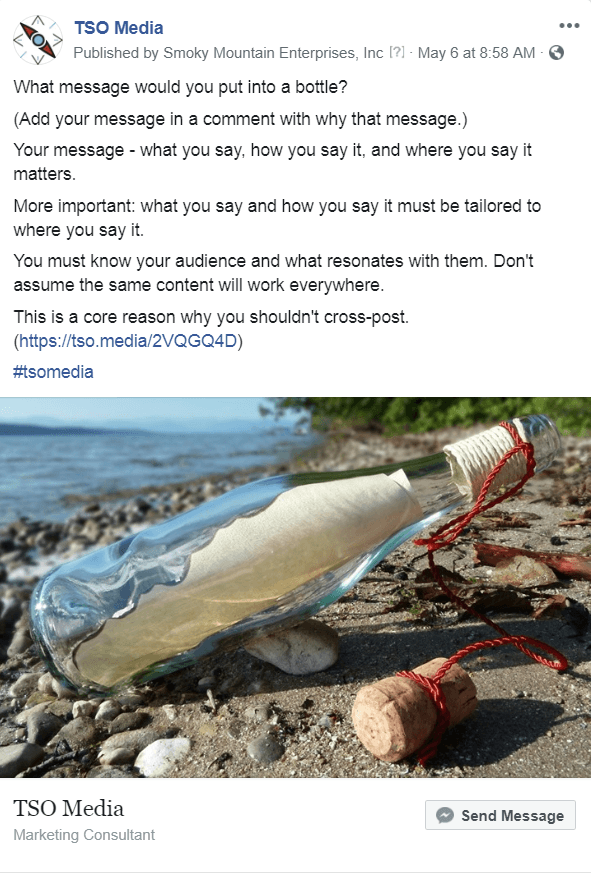
We expected it to get a bit of engagement.
It didn’t. By late afternoon, the reach was 11 (16 at the time of this writing) and 0 points of engagement.
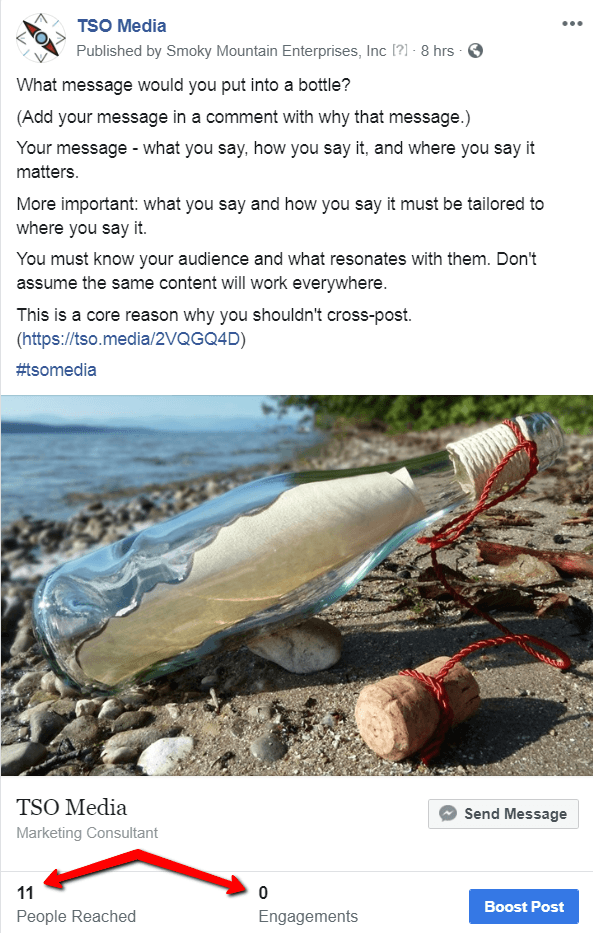
On the surface, the time we put into crafting that post was wasted effort. Until you look deeper.
In this case, with Google Analytics
One of our core social media marketing strategy goals, for our content and that of our clients, is to drive website traffic. Your website is the foundation of your online marketing system. It provides the most opportunities to convert (purchase, contact form submission, email subscription, etc) and using social media marketing to drive traffic reduces your dependence on SEO.
Our post, while an image, did contain a link. And that link included a UTM tracking code.
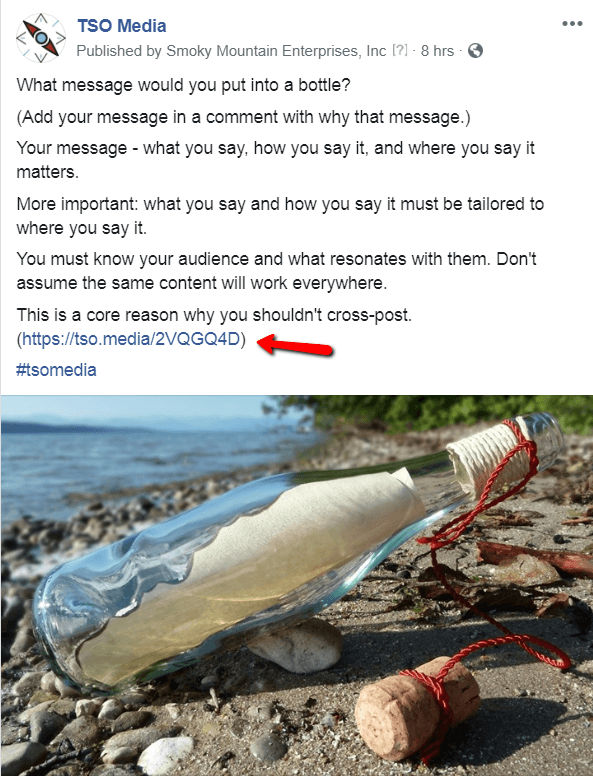
We took a look at our acquisition report in Google Analytics
Turns out that while we only reach 11 people, 3 of them clicked that link and ended up on our website!! (The use of the UTM tracking code makes that perfectly clear that the link in this post was exactly what drove the traffic.)
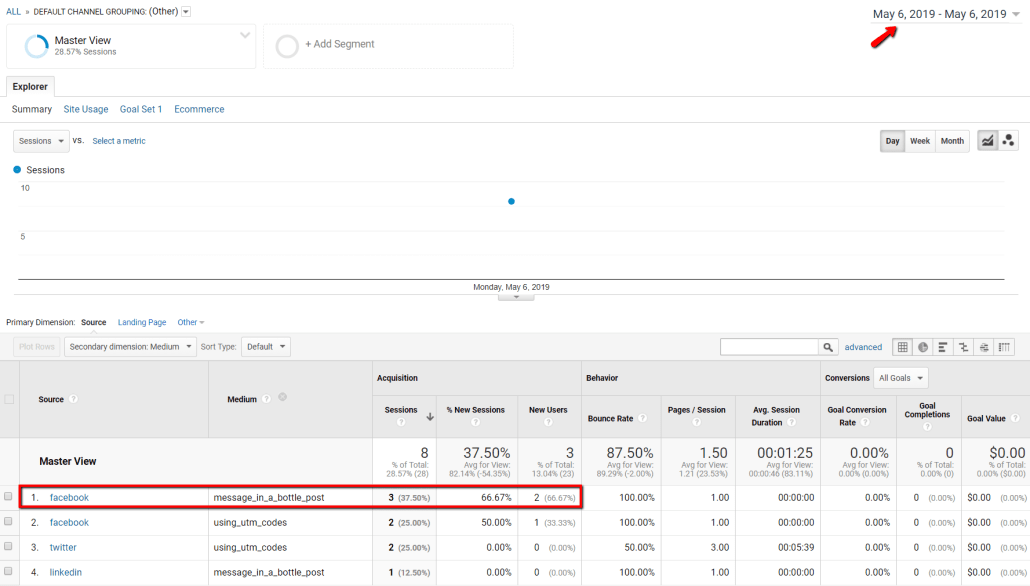
A deeper analysis
With a 100% bounce rate, we know the 3 users did not see any additional content. They read and left. However, 2 of those users were new*. That’s a win.
Even without an immediate conversion, it means new targeted eyes on our website. If we used Facebook’s tracking pixel (we don’t for privacy reasons), we could target them with adds. It’s also possible they bookmarked the site to return later.
What if the user was someone in our industry and perhaps an influencer? That opens up the possibility for a backlink in an article they are writing (SEO bonus).
We could go on with the scenarios we have seen over our decade of experience, still the bottom line, 3 website visitors out of the 11 reached –
That is a 27% conversion rate!
The post was exceptionally effective and it shows how well targeted our audience is.
Facebook insights are relatively worthless
Unless you export and analyze the post level data. While we use that data when necessary for our clients, we’ve created our own.
- Effective reach. This is the measure of how well we did at getting our content in front of our targeted audience (our fans or likes). With a reach of 11 and a fan base of 416, that was a miserable 2.6%
- Effective engagement. The measure of how well our content resonated with our audience – a big fat 0!
While the numbers we use are better indicators than what Facebook provides, they still show the post was a complete dud.
Which is why we don’t look at only the platform insights!
And just how bad are the insights? We expanded the post level report:
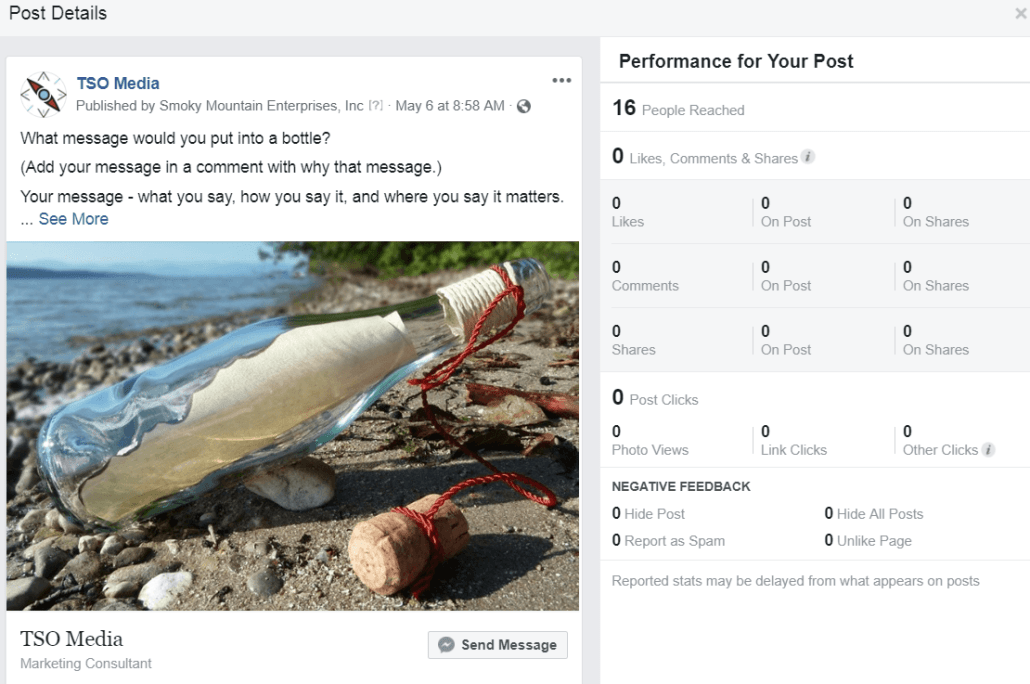
Notice the glaring omission?
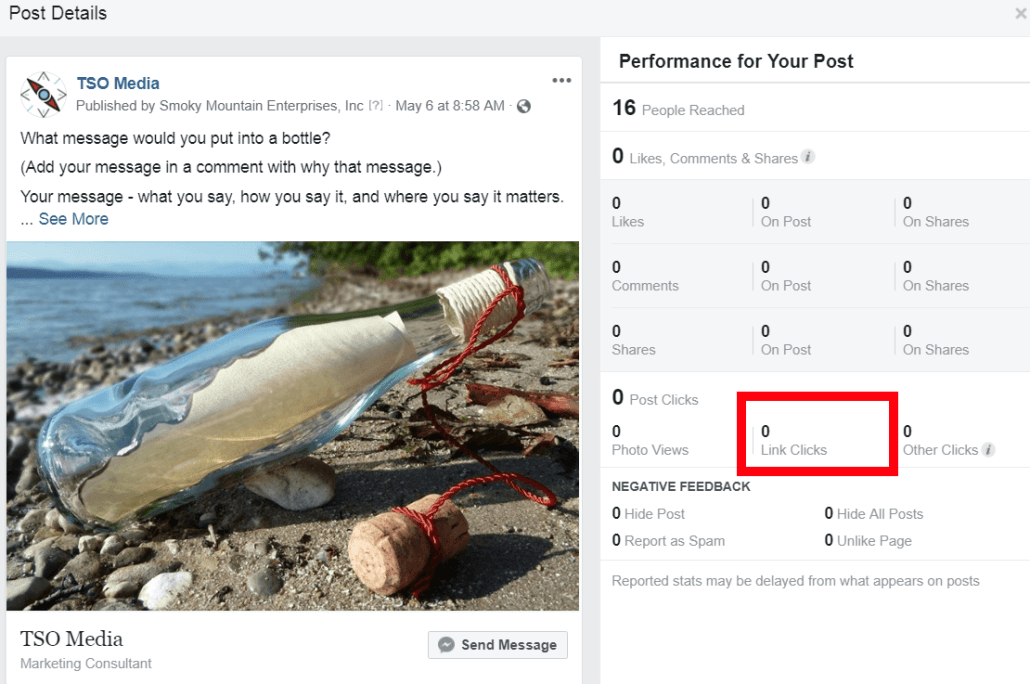
Facebook reported NO LINK CLICKS!!
Yet there were 3!
Facebook cannot read link clicks in the body of a post. Relying only on their Insights we would never know how well this post performed.
The Big Takeaways
- Reach is not a great measure as to how well a post performs.
- You don’t need more reach, you need to reach the right people.
- You cannot rely solely on a social platform’s internal analytics to determine post effectiveness.
And you either need to understand and use UTM tracking codes and Google Analytics, or hire a social media marketing agency who does, if you really want to know what works. In our example, without that code, we couldn’t state that the link in this post was responsible for the traffic. Effective social media marketing requires you to understand what posts work. Relying on only platform insights can be very misleading.
*It is possible they are returning users based on the way Google tracks them, however, given the time frame, it is likely they are new. Worst case, there is nothing wrong with more returning users. Each visit improves trust and credibility and increases the chance at converting.
Digital & Social Articles on Business 2 Community
(48)
Report Post